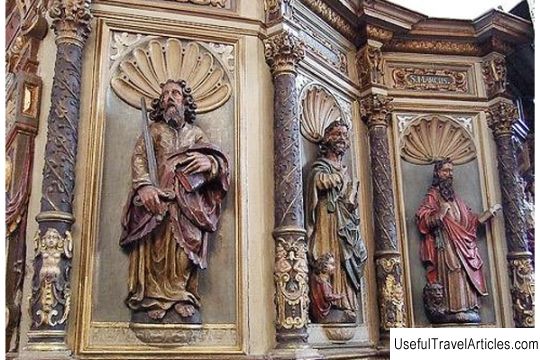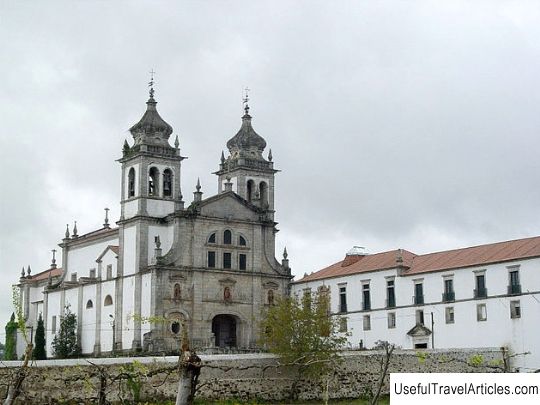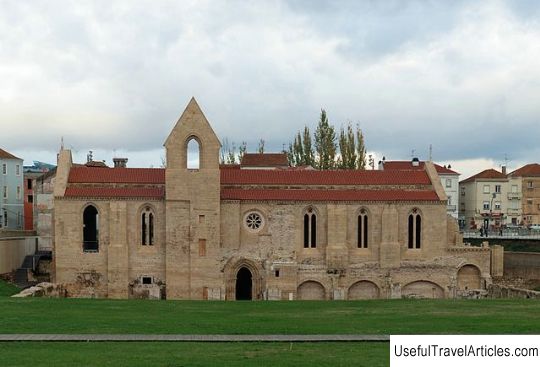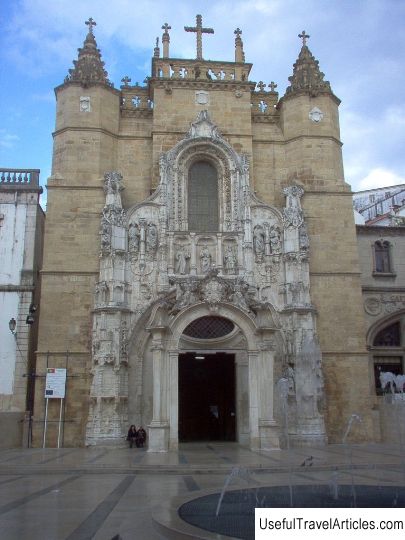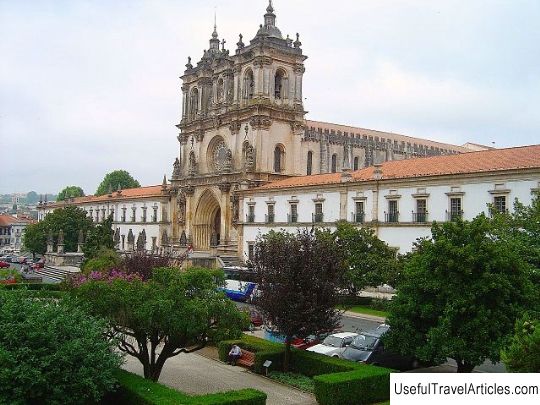Ruins of the Monastery of Dumio (Mosteiro de Dumio) description and photos - Portugal: Braga
Rating: 8,2/10 (1234 votes) 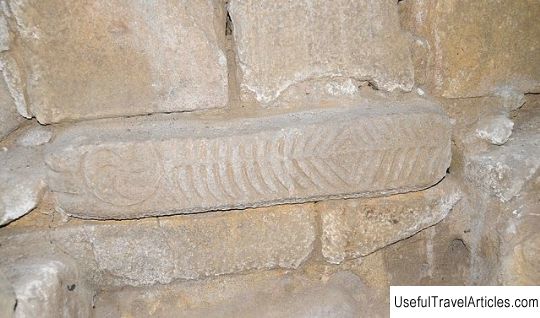
Ruins of the Monastery of Dumio (Mosteiro de Dumio) description and photos - Portugal: Braga. Detailed information about the attraction. Description, photographs and a map showing the nearest significant objects. The title in English is Mosteiro de Dumio. Photo and descriptionThe Monastery of Dumio is a former monastery of the early Christian period located in the Dumio district, which is part of the Braga district. Originally, there was a Roman villa on the site of the monastery. On its territory there was a basilica, built by the Swiebs, a Germanic tribe. The primitive church was built by order of the king of the Sweb tribe, Hararikh, in honor of the recovery of his son. It was under this king that the conversion of the Suebs to Christianity began. In the VI century, a monastery was already founded on this site, which was headed by Martin Bragsky, one of the most prominent church leaders in Portugal in the early Middle Ages. Martin of Bragsky is also one of the patron saints of the Archdiocese of Braga and played an important role in the conversion of the Suebi to Christianity. Together with the monastery, the autonomous diocese of Dumio was founded. The Monastery of Dumio is the first monastery to appear on the territory of the Iberian Peninsula. Martin of Bragsky founded several monasteries, and the Dumio Monastery is the most famous among them. After his death, Martin Bragsky was buried in the cathedral of the Dumio monastery. In the 9th century, when Muslim troops approached Braga, the relics of the saint were transported to Mondonedo, and after the victory of Christians over the Muslims, the relics were returned to Dumio. Around the 10th century, the religious center, as the diocese of Dumio was also called, fell into desolation. At the end of the twentieth century, archaeological excavations were carried out at the site of the Dumio monastery, during which it turned out that for some time a parish church still existed in the diocese, but not for long. During the excavations, pottery and coins from the Middle Ages, glassware, amphorae and decorative mosaics from the Roman period were found. It is also interesting to look at such artifacts as the lid from the sarcophagus, fragments of the foundations of columns, arches and much more.     We also recommend reading Ancient city Becan description and photos - Mexico: Xpujil Topic: Ruins of the Monastery of Dumio (Mosteiro de Dumio) description and photos - Portugal: Braga. |
